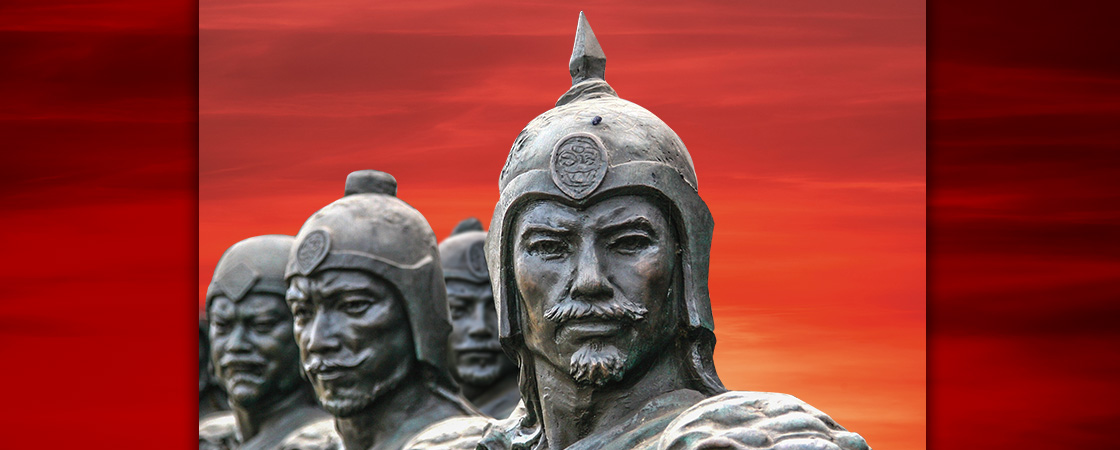You roll out of bed and squeeze into your family’s tiny kitchen. Your mom hands you a bowl of piping hot tea soup for breakfast. Most days you work in the fields to help your family. Only wealthy boys go to school. But today is different. It’s Lunar New Year, China’s celebration of the new year! Your mom is making a feast. Your job? You must find a fish for dinner! Eating fish is said to bring luck in the new year. So are the red lanterns hanging from your front door. You duck under them carefully. Off to the market you go!
You get out of bed and walk into your family’s tiny kitchen. Your mom hands you a bowl of very hot tea soup for breakfast. Most days you work in the fields to help your family. Only rich boys go to school. But today is different. It’s Lunar New Year! That is China’s celebration of the new year. Your mom is making a big dinner. Your job? You must find a fish for dinner! Eating fish is said to bring luck in the new year. So are the red lanterns hanging from your front door. You walk under them carefully. Off to the market you go!

